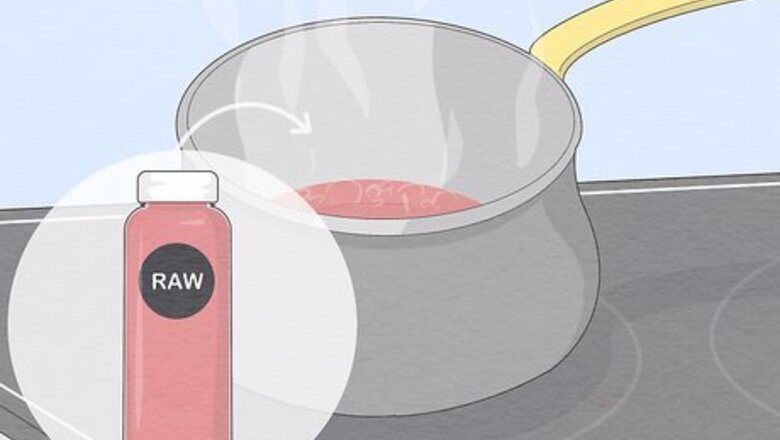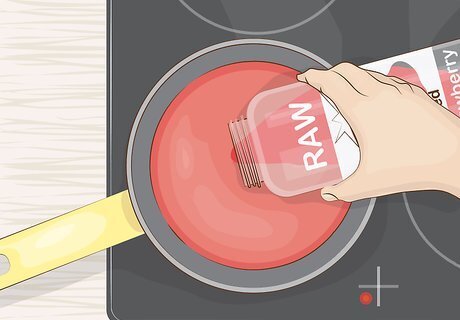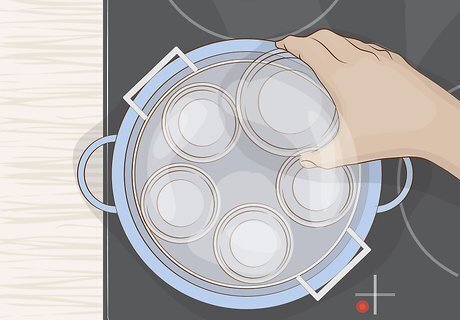
views
Heating Juice to Pasteurize It

Pasteurize any raw juice. Raw juices can carry bacteria that can make you sick, particularly E. coli. To counteract the effect, you should pasteurize any juice that is labelled as raw. According to Chef Ollie George Cigliano, "By FDA standards, juice is pasteurized at a temperature of 71-73°C (160-163.4°F) for 15 seconds." However, if the juice says "pasteurized" on the label, it's safe to drink as is.

Pour the juice into a large pot. Start with a clean pot large enough to hold the juice with some extra room at the top for bubbling. Place the pot on the stove. Pour the juice into the pot.

Heat the mixture over high heat. Chef Ollie George Cigliano emphasizes that it's important to keep an eye on the juice: "Juice should not boil; lower heat if it becomes too hot and use a thermometer to gauge temperature accurately. This method gives you the best timing for the maintenance of vibrant color and nutrition properties from the fruits, vegetables & herbs used in juicing." Turn the burner on high, and let the mixture heat. You need to keep an eye on the mixture while it heats, You're waiting for it to simmer so you can time it and check the temperature. Stir the mixture often while it heats. You may want to use a double boiler. A double boiler is one pot placed over another pot, and the bottom pot has water in it. The water provides heat to the top pot, but it is gentler than a typical burner.

Check the temperature once the juice starts simmering. According to Chef Ollie George Cigliano, the juice needs to stay at "a temperature of 160 °F (71 °C)-163.4 °F (73.0 °C) for 15 seconds." Use a candy thermometer to check the juice once it's simmering, but don't touch the sides of the pan with the thermometer, as that will give you a bad reading. It only needs to stay at this temperature for about 15 seconds. The juice should be simmering but not boiling when it's at the correct temperature. You can eyeball it, but using a thermometer is the best method.
Cleaning Jars for the Juice

Wash the jars. You can use mason jars or any glass jar that can be sterilized for this process. Wash the jars out in hot water and soap, and then rinse them clean to prepare for the sterilization process.

Boil the jars. Place the jars in a water-bath canner. You can also use a large pot. Fill the pot or canner with water, and submerge the jars. Place the pot over high heat, and let the water come to a boil. When using a pot, a rack can help you pull the jars out later. If you use tongs, make sure they're sterilized, too.

Let the jars boil for fifteen minutes. Once you see steam coming up from the pot, cover the pot with a lid. Let it boil for fifteen minutes before turning off the heat. The jars can sit in the pot to keep warm. You'll also need to boil the lids for five minutes.

Use tongs to pull the jars out. You can place the jars upside down on a towel to drip water. However, since you're just filling them with juice, you can also shake most of the water out and move on to filling them.

Pour the juice in. Fill the containers with the hot juice. The jars need to be hot, as well, or they could break when pouring in hot juice. Screw on the clean lids to preserve the pasteurization. Don't let the juice cool down before you bottle it, as that reduces its shelf life.


















Comments
0 comment